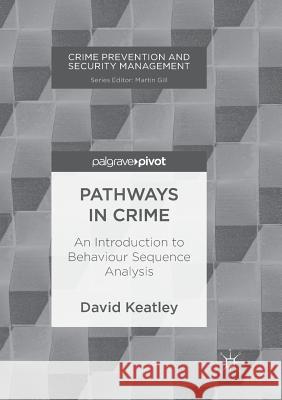Pathways in Crime: An Introduction to Behaviour Sequence Analysis » książka
topmenu
Pathways in Crime: An Introduction to Behaviour Sequence Analysis
ISBN-13: 9783030091750 / Angielski / Miękka / 2019 / 174 str.
Kategorie:
Kategorie BISAC:
Wydawca:
Palgrave MacMillan
Seria wydawnicza:
Język:
Angielski
ISBN-13:
9783030091750
Rok wydania:
2019
Wydanie:
Softcover Repri
Numer serii:
000382191
Ilość stron:
174
Waga:
0.24 kg
Wymiary:
21.01 x 14.81 x 1.07
Oprawa:
Miękka
Wolumenów:
01
Dodatkowe informacje:
Wydanie ilustrowane











